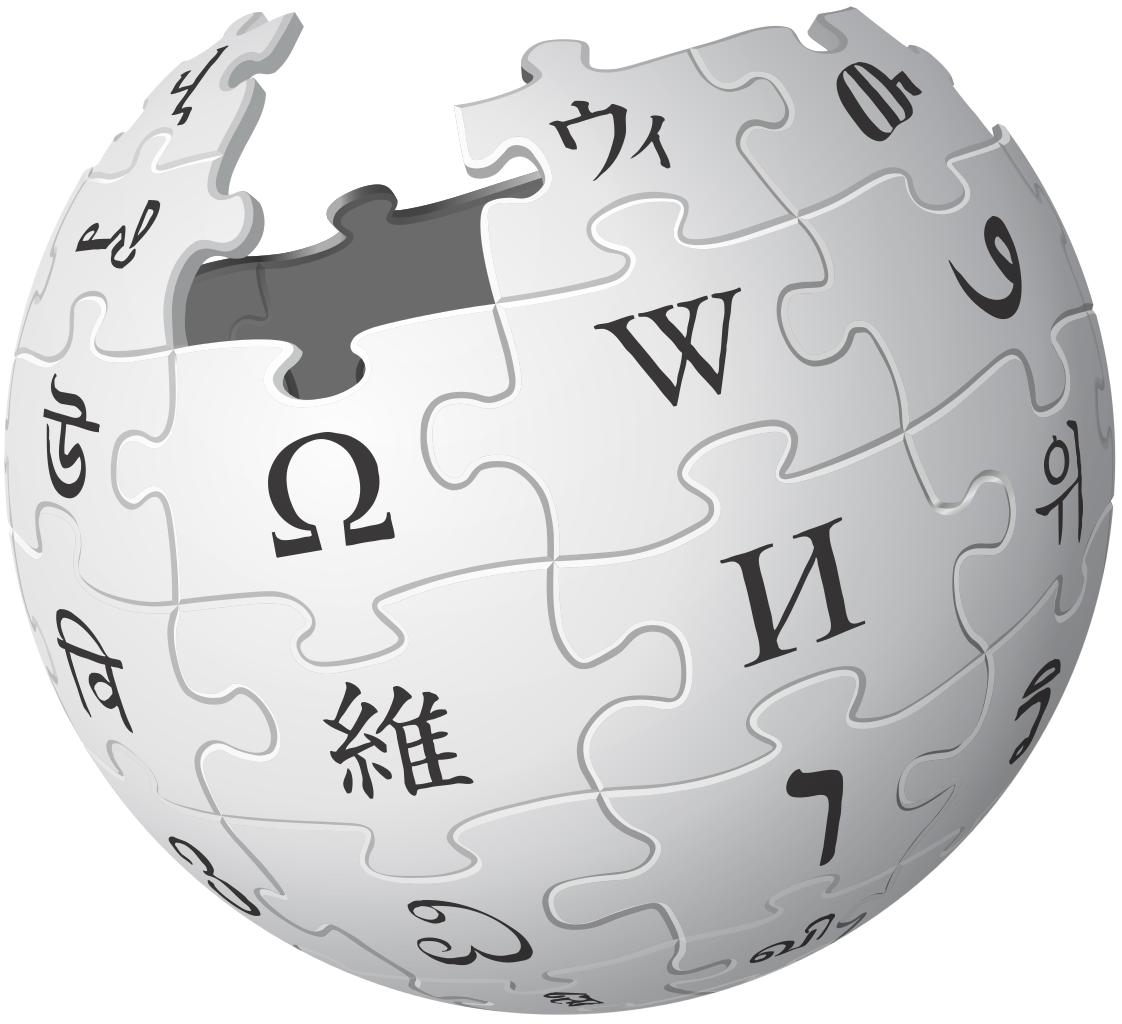Read around groups are a great way to support peer review in your classroom in an non-traditional way. This activity helps students develop their vocabulary for discussing and critiquing writing, and solidifies ideas about what good writing looks like. Consider using this method in your classroom to engage your students in more dynamic peer review!
Tag: Teaching Strategies
Interested in utilizing Dr. Thomas Sura’s One Minute Paper in your classroom? Here is a brief instructional video detailing how to implement it. This is a great way to foster reflective thinking in your students concerning their own writing practice, and has the added benefit of allowing you instant feedback on your own teaching practices!
Based on a presentation by Melissa Broeckelman-Post, this learning module illustrates a methodology for course design that begins with the broad and gradually focuses in on how to create assignments and assessments. Each assignment is encouraged to link back to the original goals and outcomes desired for the course, so that everything remains focused and connected.
Consider using this method the next time you begin to design your class.
Looking for a new way to foster discussion in your classroom? Try this sticky note exercise! This highly adaptable exercise allows for meaningful discussion, while the anonymity of it allows students the freedom to express their ideas. Try using this method to discuss writing in your classroom, and see what new revelations your students come to.
by: Mikal Cardine
Mikal is a senior studying English at George Mason. She previously worked with WAC to create disciplinary writing guides for student use. To reach her, please contact [email protected].
The average undergraduate will hear a variety of conflicting viewpoints from their university professors on the topic of Wikipedia. While some professors will openly express distrust of Wikipedia as a source for research, others are more open to the use of Wikipedia as a learning tool. While Middlebury College outright banned undergraduates from citing Wikipedia in any academic essay—stating that “students need to be taught to go for quality information, not just convenience” (Jaschik, 2)—professors such as Mark Kissling argue that faculty do a disservice to their students if they don’t help them to understand why instructors are concerned about the source. As Kissling writes, professors have a duty to teach “their students to learn to critically read Wikipedia…helping them understand how it is created, how it defines and positions knowledge, and what it makes possible and fails to do” (Kissling, 1).
As an undergraduate, I have to admit that Wikipedia is in. Originally branded as untrustworthy, the site is now our go-to research tool – but why? Has student scholarship fallen so far? Or has Wikipedia possibly become a useful research tool? Prompted to learn more, I decided to do a little research and created a simple survey to determine Wikipedia’s current value to both professors and students.

